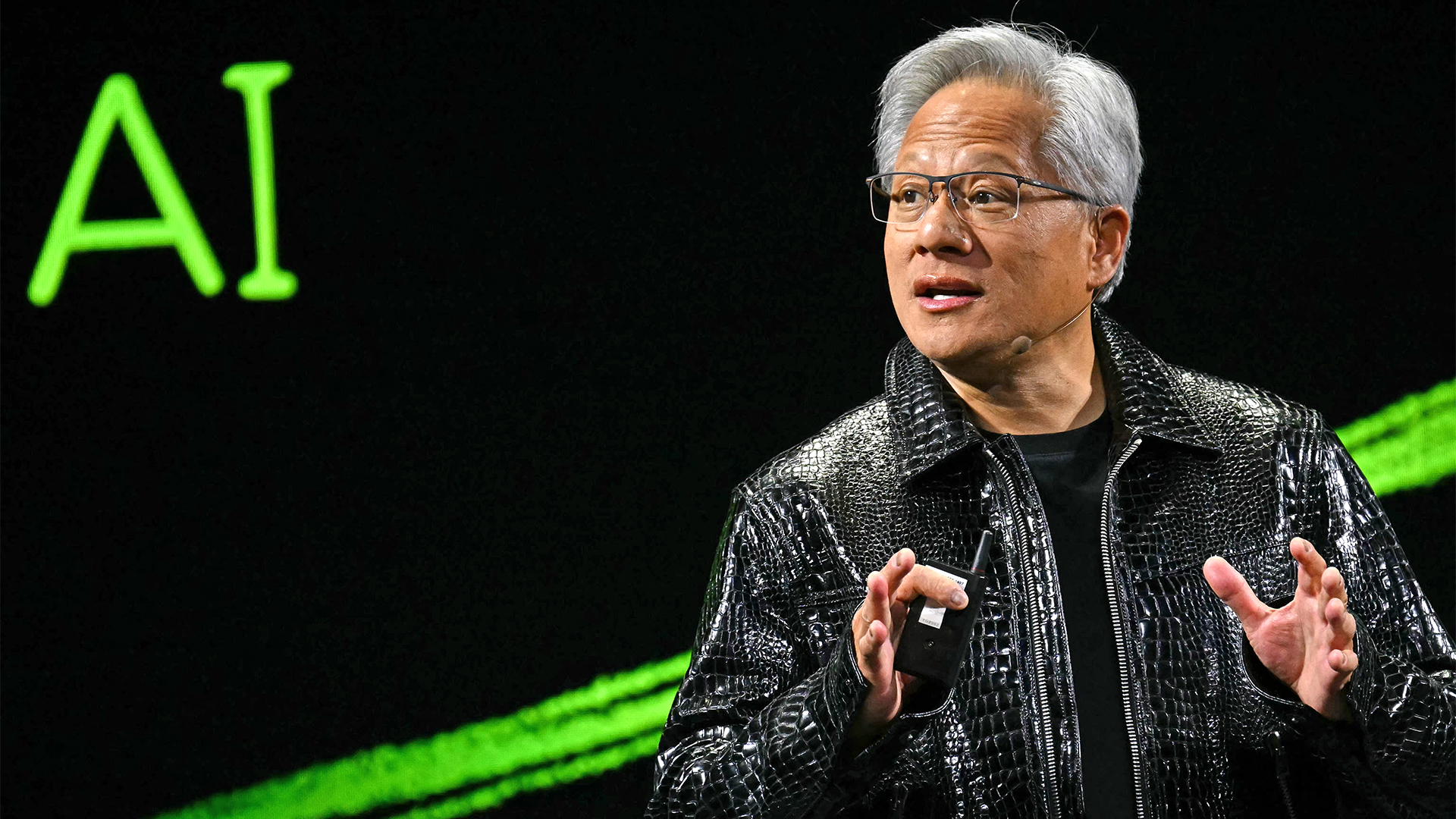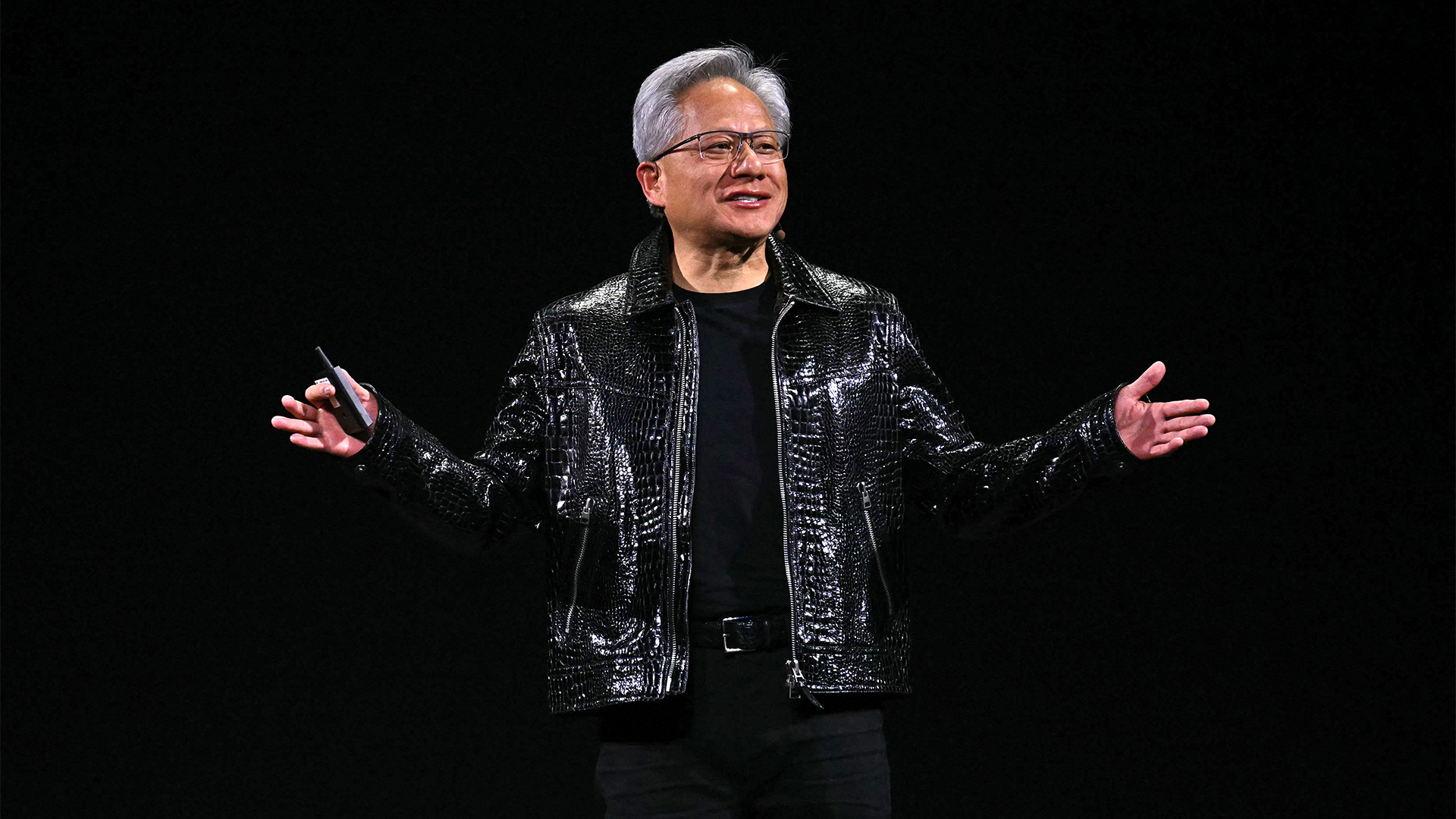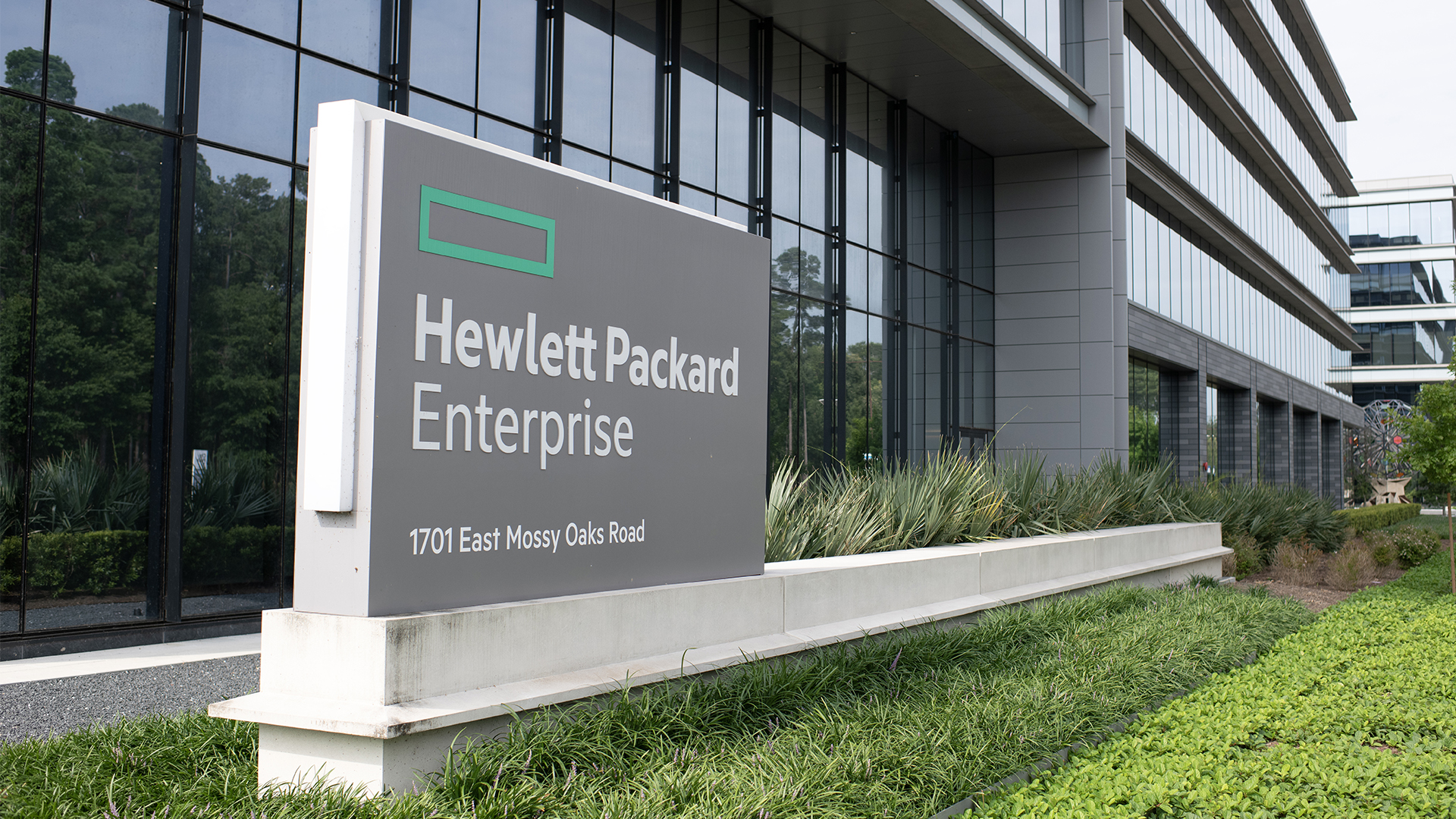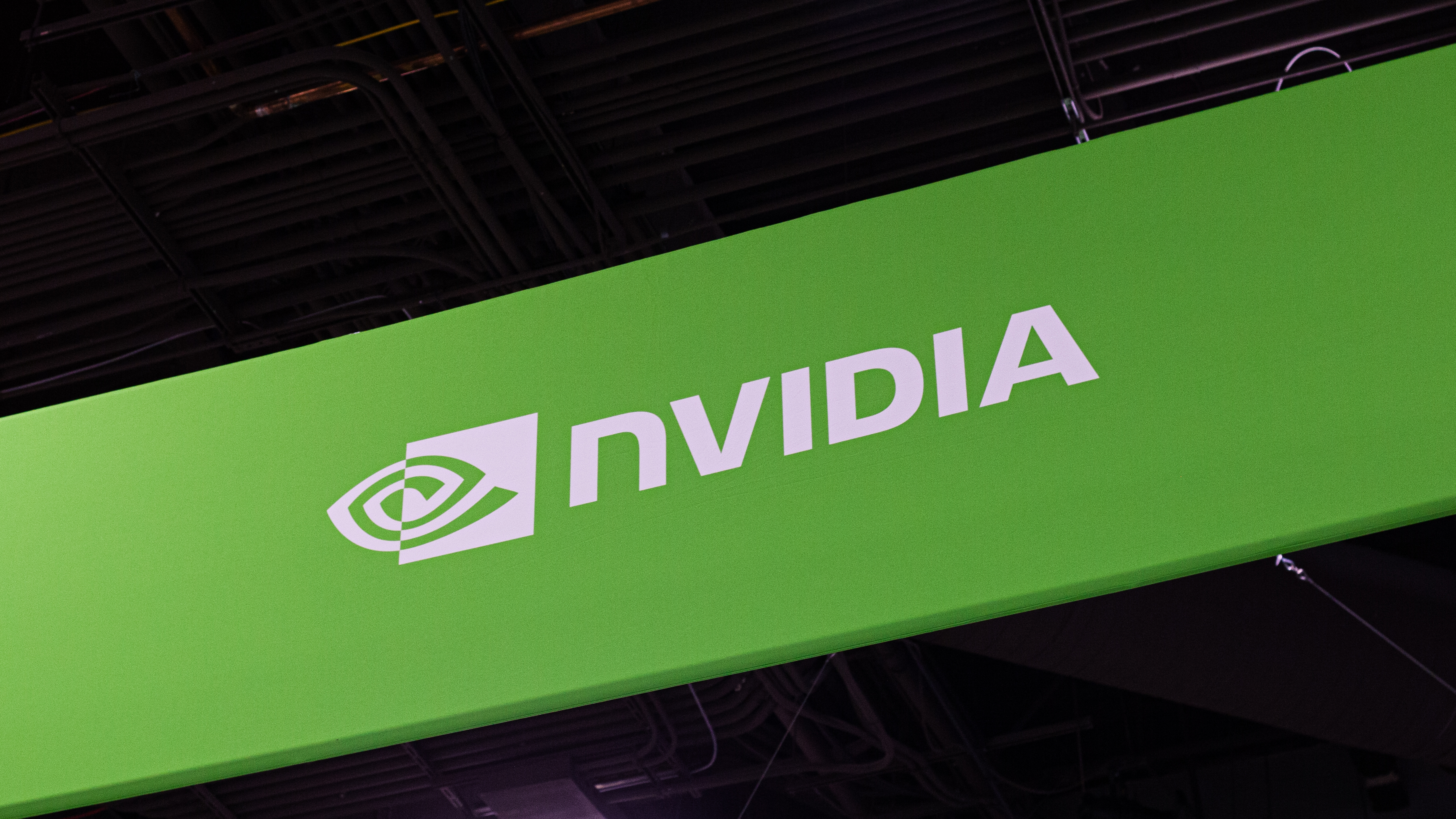7 most powerful computers of all time
These behemoths can crunch through numbers like nothing else


Supercomputers have held a position of huge esteem within the technology space. They are used for many things, including climate modeling, disease research, and nuclear science.
They are also used to run complicated simulations that involve many variables. Recently, supercomputers have been used to track the spread and mutation of the coronavirus.
Supercomputers are often ranked in terms of the number of computations per second. These so-called TeraFLOPS are units of computing power equal to one trillion (10¹²) floating-point operations per second.
What are the most powerful computers of all time? Find out below.
1. Fugaku
Location: Riken Center for Computational Science, Japan
Cores: 7,630,848
Memory: 5,087,232 GB
Sign up today and you will receive a free copy of our Future Focus 2025 report - the leading guidance on AI, cybersecurity and other IT challenges as per 700+ senior executives
Processor: A64FX 48C 2.2GHz
Peak performance: 537,212 TFlops
This supercomputer, developed by Japan's state-backed Riken research institute, is the world's fastest for computing speed. named Fugaku after Mt. Fuji, this computer was jointly developed with Fujitsu Ltd. at the institute's facility in Kobe. It is currently involved in researching potential medicines to fight coronavirus.
2. Summit
Location: DOE/SC/Oak Ridge National Laboratory, US
Cores: 2,414,592
Memory: 2,801,664 GB
Processor: IBM POWER9 22C 3.07GHz
Peak Performance: 200,795 TFlops
Summit, launched in 2018, uses 4,608 computing nodes, each containing multiple IBM POWER9 CPUs and Nvidia Volta GPUs connected with Nvidia’s high-speed NVLink. Each node has over half a terabyte of coherent memory. The computer solves complex tasks in energy, artificial intelligence (AI), human health, and other areas of research.
3. Sierra
Location: DOE/NNSA/LLNL, US
Cores: 1,572,480
Memory:1,382,400 GB
Processor: IBM POWER9 22C 3.1GHz
Peak performance: 125,712 TFlop/s
This IBM-built supercomputer combines two types of processor chips — IBM’s Power 9 processors and Nvidia’s Volta graphics processing units. Nuclear weapon scientists use it in nuclear weapons simulations in place of underground testing.
It helps assess the performance of nuclear weapon systems as well as nuclear weapon science and engineering calculations.
4. Sunway TaihuLight
Location: National Supercomputing Center in Wuxi, China
Cores: 10,649,600
Memory: 1,310,720 GB
Processor: Sunway SW26010 260C 1.45GHz
Peak Performance: 125,436 TFlop/s
This Chinese supercomputer features 40,960 Chinese-designed SW26010 manycore 64-bit RISC processors based on the Sunway architecture. Each processor chip contains 256 processing cores.
The name is translated as divine power, the light of Taihu Lake. From June 2016 to June 2018, it was the world's fastest supercomputer. The computer is involved in climate, weather and earth systems modeling, life science research, advanced manufacturing, and data analytics.
5. Perlmutter
Location: DOE/SC/LBNL/NERSC, US
Cores: 706,304
Memory: 390,176 GB
Processor: AMD EPYC 7763 64C 2.45GHz
Peak Performance: 89,794.5 TFlop/s
This supercomputer is based on the HPE Cray “Shasta” platform and is a heterogeneous system with both GPU-accelerated and CPU-only nodes. It is named in honor of Nobel prize winner Saul Perlmutter.
Among its use cases are nuclear fusion simulations, climate projections, and material and biological research.
6. Selene
Location: NVIDIA Corporation, US
Cores: 555,520
Memory: 1,120,000 GB
Processor: AMD EPYC 7742 64C 2.25GHz
Peak Performance: 79,215 TFlop/s
Selene is a DGX SuperPOD powered by Nvidia’s A100 GPUs and AMD’s Epyc Rome CPUs within the DGX A100 form factor. It uses Mellanox HDR InfiniBand as the system network.
Selene’s platform supports a wide community of users, such as supercomputer-scale continuous integration for software, research, “big iron AI” work (e.g., Megatron, ASR), and automotive.
7. Tianhe-2A
Location: National Supercomputer Center in Guangzhou, China
Cores: 4,981,760
Memory: 2,277,376 GB
Processor: Intel Xeon E5-2692v2 12C 2.2GHz
Peak Performance: 100,679 TFlop/s
This supercomputer was developed by China's National University of Defense Technology (NUDT) and deployed at the National Supercomputer Center in Guangzhou, China.
When first deployed, it had 16,000 computer nodes, each comprising two Intel Ivy Bridge Xeon processors and three Xeon Phi coprocessor chips, one of the world’s largest deployments of Ivy Bridge and Xeon Phi chips.
It runs on Kylin Linux, a version of the operating system developed by China’s National University of Defense Technology (NUDT).
Rene Millman is a freelance writer and broadcaster who covers cybersecurity, AI, IoT, and the cloud. He also works as a contributing analyst at GigaOm and has previously worked as an analyst for Gartner covering the infrastructure market. He has made numerous television appearances to give his views and expertise on technology trends and companies that affect and shape our lives. You can follow Rene Millman on Twitter.
-
 HPE and Nvidia launch first EU AI factory lab in France
HPE and Nvidia launch first EU AI factory lab in FranceNews The facility will let customers test and validate their sovereign AI factories
-
 Dell Technologies doubles down on AI with SC25 announcements
Dell Technologies doubles down on AI with SC25 announcementsAI Factories, networking, storage and more get an update, while the company deepens its relationship with Nvidia
-
 Nvidia CEO Jensen Huang says future enterprises will employ a ‘combination of humans and digital humans’ – but do people really want to work alongside agents? The answer is complicated.
Nvidia CEO Jensen Huang says future enterprises will employ a ‘combination of humans and digital humans’ – but do people really want to work alongside agents? The answer is complicated.News Enterprise workforces of the future will be made up of a "combination of humans and digital humans," according to Nvidia CEO Jensen Huang. But how will humans feel about it?
-
 OpenAI signs another chip deal, this time with AMD
OpenAI signs another chip deal, this time with AMDnews AMD deal is worth billions, and follows a similar partnership with Nvidia last month
-
 Why Nvidia’s $100 billion deal with OpenAI is a win-win for both companies
Why Nvidia’s $100 billion deal with OpenAI is a win-win for both companiesNews OpenAI will use Nvidia chips to build massive systems to train AI
-
 Jensen Huang says 'the AI race is on' as Nvidia shrugs off market bubble concerns
Jensen Huang says 'the AI race is on' as Nvidia shrugs off market bubble concernsNews The Nvidia chief exec appears upbeat on the future of the AI market despite recent concerns
-
 HPE's AI factory line just got a huge update
HPE's AI factory line just got a huge updatenews New 'composable' services with Nvidia hardware will allow businesses to scale AI infrastructure
-
 Nvidia, Deutsche Telekom team up for "sovereign" industrial AI cloud
Nvidia, Deutsche Telekom team up for "sovereign" industrial AI cloudNews German telecoms giant will host industrial data center for AI applications using Nvidia technology


